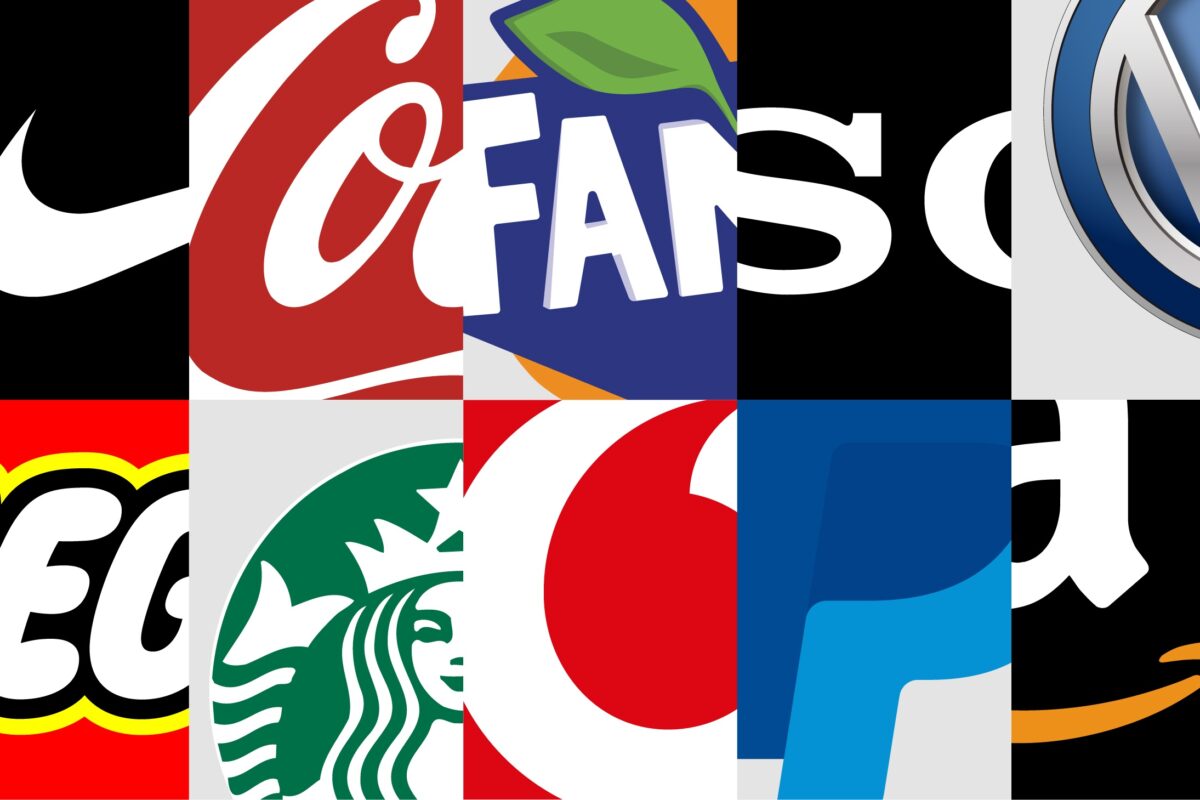Brand naming, whether it be corporate or product names may seem simple, however it is anything but. Generally, for a final brand name that makes it through all of the evaluation hurdles and is accepted by the client, hundreds, if not thousands of names were explored. So, what makes naming so difficult?
First, the proliferation of brands in the market. Second, with the advent of the Internet, a brand must compete not just within a small geography, but throughout the global market. Which leads to the next point, the URL needs to be available. And one wants to own “.com,” not “.net,” “.info,” or some other equally obscure URL suffix. And one should not add “company,” “llc,” or other unexpected modifiers to the end of the name.
The name should be:
- Easy to pronounce
- Easy to spell
- Not used by any other brand, but especially competitors in the same categories and markets
- Short
- Easy to recall
- Not have unintended or negative meanings, including in other languages/cultures
- Broad enough to outlive a product category or a business owner
- Easy to trademark (and still available to trademark)
- Available as a “.com” or “.org” or .edu” URL, depending on the type of brand
It is also desirable for the brand name to communicate the brand’s unique value proposition if possible. (This is a tall order, so many brands should be happy to rely on the tagline to do that.)
It has been our experience (in the dozens of naming projects in which we have been involved) that the best, most desirable names are almost always already taken. Great minds think alike and it is likely that someone else in your category has initiated a naming project before your naming project, so they have taken the next best name available.
Sometimes it is desirable to choose an “out-of-the-box” name, something that does not immediately come to mind, and something that may cause some client discomfort. Usually, these are the names that have the greatest breakthrough value.
At The Blake Project, often, we will conduct customer research to understand brand and category associations before we develop brand names. We always conduct multiple ideation sessions and we usually develop mind maps in at least one of those sessions.
One must carefully manage client expectations and demands in a brand naming project. If this is not done, one could be involved in a multi-month project with dozens of rounds of name generation. This is just not necessary.
The worst approach to naming is an internal (company or organization) naming contest. This almost never results in names that can be used. And it raises expectations that one of the names submitted by employees will be selected.
There are different types of names. They range from coined (Kodak, Xerox) to associative descriptive (DieHard, RoadRunner) to whimsical (Apple, BlackBerry) [including invented whimsical (Squidoo)] to generic descriptive (engines, lab equipment). Each has its place and which is used depends on the type of brand, its market position and its intended longevity among other considerations.
In summary, there are many considerations in brand naming and it is not a trivial exercise. If you intend to name or rename a brand, give it the attention it deserves.
The Blake Project Can Help: The Brand Positioning Workshop
Branding Strategy Insider is a service of The Blake Project: A strategic brand consultancy specializing in Brand Research, Brand Strategy, Brand Growth and Brand Education





2 comments
Iamreff
October 13, 2011 at 8:01 am
Nice article (I recently put you into my RSS feed). A couple more points from a Mktg Tech perspective if you don’t mind.
– Don’t limit your brand brainstorming to just .com. True .com is most favorable but as you point out, the good names are gone (or squatted). What’s left are strange names like Retwouly (<-- made it up). Also consider names that use country codes. Startup Foreca.st is a great example. - Don't be like Netflix and pick a name (Qwickster) that is already owned on social channels. Use a site like brandchecker.com or namechk.com to see if you'll be able to brand your name easily or if you'll need to be a bit creative with your social account names. Brand Naming is a topic that fascinates me. Thanks for the post. John Refford @iamreff http://refford.com
Adam Diggens
December 3, 2017 at 3:24 am
Good introduction to the perils and pitfalls on naming. Naming seems deceptively simple on the surface, but as you’ve pointed out the sheer number of brands and global competition means getting names to pass trademark is getting harder and harder. I have to say I don’t agree with putting all your eggs in getting a clean .com url. It’s much more important to get the right name for your business, than to sacrifice a great brand name for the sake of a clean url. Especially when most of the time, people will google your name (and use a descriptor to do so) anyway. Dove soap and Dove chocolate co-exist as major brands, yet there can be only one http://www.dove.com. You don’t always have to be boring by adding “company” as a descriptor or modifier either. You can be creative: http://www.enjoydove.com, or simply http://www.dovechocolate.com will do. The other super important aspects of a name are distinction and authenticity. In other words, your brand name needs to stand out from the other competitors (not be copy-cat names), and the name must also fit the brand personality.
Comments are closed.